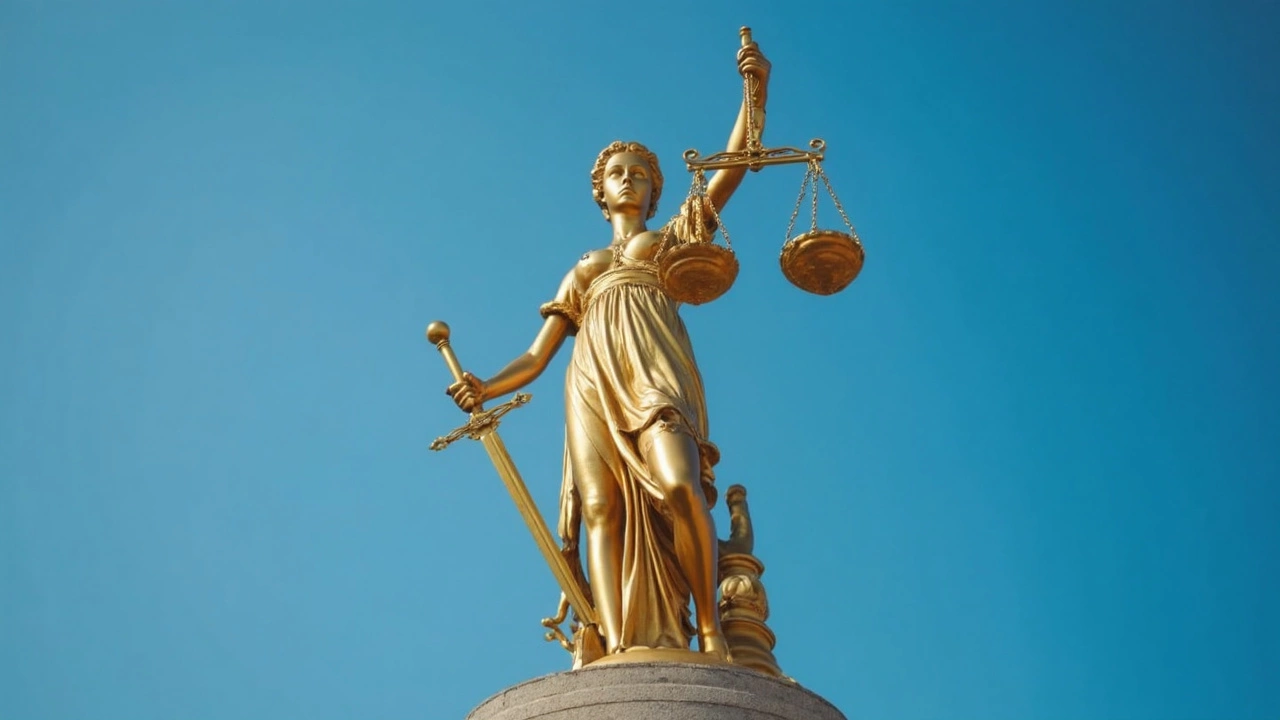Deepfakes: What They Are and Why They Matter
When talking about deepfakes, AI‑generated videos or audio that swap faces, voices, or actions to create realistic yet fake media, the conversation quickly moves to synthetic media, the broader category of computer‑made content that looks like real footage or sound. Both terms are linked: deepfakes are a type of synthetic media that rely on powerful machine‑learning models. They also intersect with misinformation, false or misleading information spread to shape opinions, because the realism of deepfakes makes it hard to tell truth from fake. In short, deepfakes encompass synthetic media, require AI algorithms, and influence public perception through misinformation.
How AI Builds a Deepfake
The core of a deepfake is a generative adversarial network (GAN). One part, the generator, creates fake frames, while the discriminator tries to spot the fakes. This push‑and‑pull improves the output until the video looks convincing. The process needs massive data—thousands of real images of the target—to train the model. That's why celebrities or politicians, who have lots of public footage, become prime subjects. The same AI tech also powers other synthetic media like AI‑written articles or voice clones, blurring the line between different forms of manipulation.
Because the technology is accessible, deepfakes are now popping up in unexpected places. A recent story about a popular music trio being barred from a country sparked debates about artistic expression versus security—a scenario where a deepfake could have amplified the controversy. Similarly, tech companies testing bold concepts (like a pink‑themed fast‑food outlet) sometimes use AI‑generated promos that flirt with the look of real ads, showing how synthetic media can blur marketing and reality.
Detecting deepfakes has become a race against the creators. Detection tools, software that analyzes subtle artefacts like inconsistent lighting or irregular facial movements are the front line. Researchers train their own AI models to spot the tell‑tale glitches that the human eye misses. Governments are also drafting policies to label AI‑generated content, aiming to reduce the spread of misinformation. These tools aren’t perfect, but they highlight a key semantic link: misinformation influences the development of detection tools, and detection tools, in turn, aim to curb misinformation.
Ethical concerns swirl around the use of deepfakes. On one side, activists argue that synthetic media can protect identities, letting whistleblowers speak without fear. On the other, bad actors weaponize the tech to spread false narratives, weaponising misinformation during elections or conflicts. The Ukrainian conflict, for example, saw cheap drones turned into precision weapons—a creative leap that mirrors how AI can be repurposed for both good and ill. Understanding this dual nature helps readers see why deepfakes are more than just a tech gimmick; they’re a societal challenge.
Legal frameworks are still catching up. Some countries have started banning individuals or groups based on political activism, echoing the broader debate over how far governments should go to control synthetic media. The tension between free expression and security plays out wherever deepfakes appear, whether it’s a banned music tour or a high‑profile celebrity rumor. This makes the tag a hub for stories that explore the intersection of culture, law, and technology.
Below you’ll find a curated mix of articles that dive into these angles—whether it’s how a viral video sparked a diplomatic row, how brands experiment with AI‑driven concepts, or how detection tools evolve. Each piece adds a piece to the deepfake puzzle, giving you practical insight and a clearer picture of where the technology is headed.
